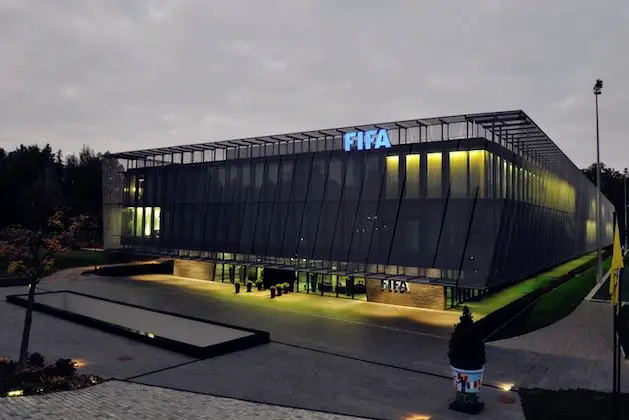
The International Football Federation, commonly called FIFA, was founded in Paris, France on May 21, 1904, It was initiated by Belgium, France, Denmark, Spain, Sweden, the Netherlands, and Switzerland.
so what is the FIFA organizational structure? The FIFA structures include the FIFA representative, the FIFA executive committee, the FIFA World Cup organizing committee, the FIFA amateur committee, the FIFA technical committee, the FIFA medical committee, the FIFA press, and publication committee, the FIFA World Youth Championship committee, the FIFA women’s football committee, the FIFA disciplinary committee, the FIFA legal affairs committee, and the FIFA secretariat.
Below you will find more information.
A primary goal of FIFA is to promote the development of football; to promote friendly exchanges between association members, officials, and athletes through amateur, non-amateur, and professional competitions; and to prohibit discrimination against race, political beliefs, and religious beliefs.
FIFA’s purpose is to promote the development of international football; to foster friendly relations among football associations around the world.
- What is FIFA’s organizational structure?
- 1. The FIFA Congress
- 2. Executive Committee
- 3. World Cup Organization Committee
- 4. Amateur Football Committee
- 5. Referee Committee
- 6. Technical Committee
- 7. Medical Council
- 8. Press and Publications Committee
- 9. World Youth Championship Committee
- 10. Women’s Soccer Committee
- 11. Disciplinary Committee
- 12. Legal Affairs Committee
- 13. Secretariat
What is FIFA’s organizational structure?
The FIFA Council is the main decision-making body. It is composed of 37 members, including the chairman, eight vice-chairmen, and 28 councilors.
The FIFA Secretariat comprises three departments: the Technical Department, the Finance Department, and the Development Department.
FIFA has 15 special committees: the Finance Committee, the World Cup Organizing Committee, the Confederations Cup Organizing Committee, the Olympic Football Organizing Committee, the FIFA Youth Competition Committee, the Indoor Football Committee, the Women’s Football Committee, the Referee Committee, the Technical Committee, the Medical Committee, the Athlete Status Committee, the Legal Affairs Committee, and the Safe and Fair Play Committee.
1. The FIFA Congress
FIFA’s Congress, held every two years, is its highest authority. In addition to having one vote, full-member associations can send three representatives to the General Assembly and participate in related discussions. Any amendment to the articles of association must receive 3/4 of the votes before it can be adopted. The FIFA President is elected by secret ballot at the Congress for a term of four years but can be re-elected. The Executive Committee, which consists of 21 members, exercises all powers when Congress is not in session. FIFA’s day-to-day affairs are handled by the secretary-general appointed by the Executive Committee, as well as the secretariat under its leadership.
2. Executive Committee
Responsible for FIFA’s administrative management. Composed of FIFA’s leading members and representatives from football federations worldwide.
3. World Cup Organization Committee
In addition to the chairman, several members make up the committee. Under special rules, the working committee organizes the World Cup, and it has the right to suggest amendments to the Executive Committee.
4. Amateur Football Committee
Among its duties are promoting amateur football by all means deemed appropriate by FIFA, organizing Olympic football matches, and approving other amateur matches.
5. Referee Committee
A primary task is determining whether the game rules can be interpreted or modified. It is determined by national football associations which referees qualify for international competitions. Also, the working committee coordinates international referee training courses and aims to unify punishment and judgment standards.
6. Technical Committee
It promotes advanced training methods, trains football coaches, solves theoretical and practical problems, evaluates football teaching and training experience, and promotes and popularizes new techniques and tactics.
7. Medical Council
The committee assesses scientific experience in physiology, medical supervision, teaching, training, health care, and psychology. Additionally, the committee conducts special medical supervision of elite athletes, establishes files, and develops nutritional standards for football players, as well as formulates regulations on healthcare beverages, nicotine, and doping.
8. Press and Publications Committee
It is responsible for informing national football associations, newspapers, TV stations, radio stations, and news agencies about FIFA’s activities. It also publishes and distributes books, monthly reports, and bulletins such as “FIFA News” and “International China Federation Magazine”.
9. World Youth Championship Committee
It is responsible for organizing the World Junior Championships under the competition’s specific rules.
10. Women’s Soccer Committee
In addition to popularizing and improving women’s football worldwide, it organizes the Women’s World Championship under special rules for women’s football.
11. Disciplinary Committee
Review referee reports of international matches and establish appropriate penalties, and evaluate disciplinary measures taken by national football associations.
12. Legal Affairs Committee
Responsible for resolving legal issues between players and football associations, between associations, or between other entities.
13. Secretariat
This division is made up of three departments: the Technical Department, the Finance Department, and the Promotion Department. Also, it compiles and distributes FIFA news, FIFA magazine, rules, coaches’ manuals, game technical reports, etc.

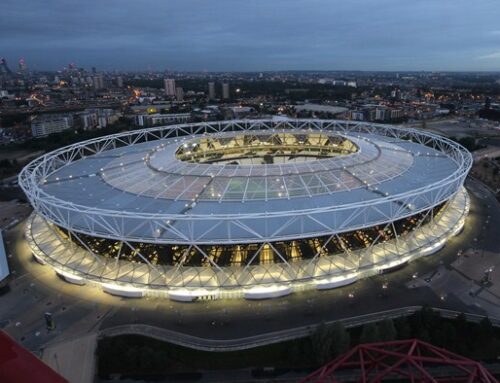
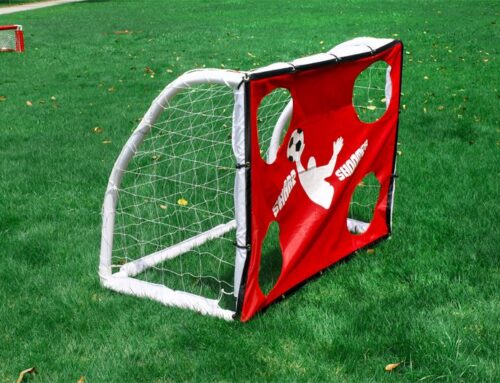
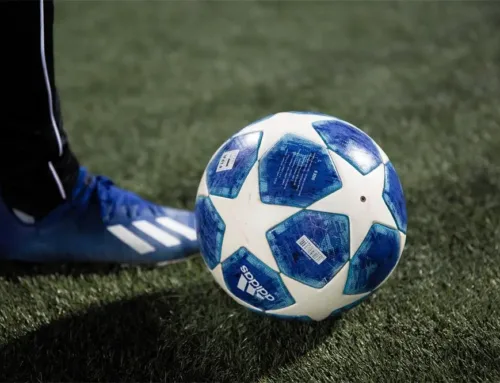
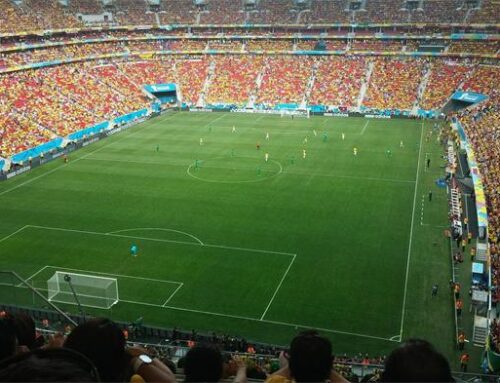

Leave A Comment